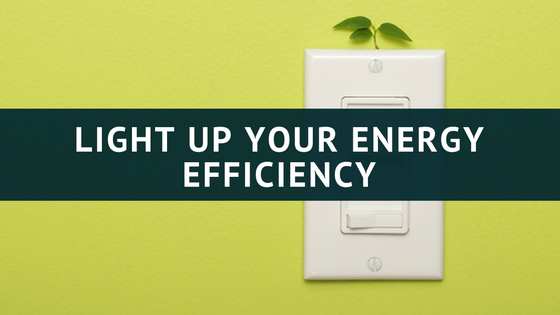Lighting Up Your Energy Efficiency
Did you know that more than half of your utility costs are linked to your electricity use? And of that portion, almost a quarter is solely from lighting. Think of how much it costs to simply keep the lights on! By making the choice to up your lighting efficiency, expect to save thousands of dollars annually. Best of all, the process is much easier than you think. Here are some steps to help you get started:
- Find Out Your Current Use And Expenses
It’s crucial to determine how you’re currently using your electricty so you can study ways to save more later. Take a year’s records of bills in common areas (make sure it includes interior lighting). Take note of the billing dates, usage in kWh, and costs. At the close of every month, compute the current rate by dividing your costs by the usage. This will give you an idea of where you currently are against when you begin your lighting efficiency measures.
- Incandescent vs Fluorescent
One of the most important steps you can take is determine how much of your lighting is incandescent. This type of lighting is the most wasteful and extremely energy saturating. Make the switch to HID, LED and fluorescent lighting, which are all more efficient and can significantly reduce energy use.
- Consider Sensors, Timers and Light Reducers
In an ideal environment, everyone would remember to turn off the lights when not in use. But for a small cost, you can ensure this is the case by installing light reducers, motion sensors or timers. Installing these in basements, commercial facilities, model units and storage areas among other places can make a big difference with your bills. Installing light reducers in areas like stairways and garages is a great way to halve your energy use without compromising the safety of your tenants.
- Tackle Hallway Lighting
Your common area electrical costs are mostly due to your hallway lighting. Keep fixtures well-maintained and look up replacement bulbs that are more energy efficient. Once you replace the old bulbs, many often find that the new fixtures are paid for in electricity savings within a few months.




